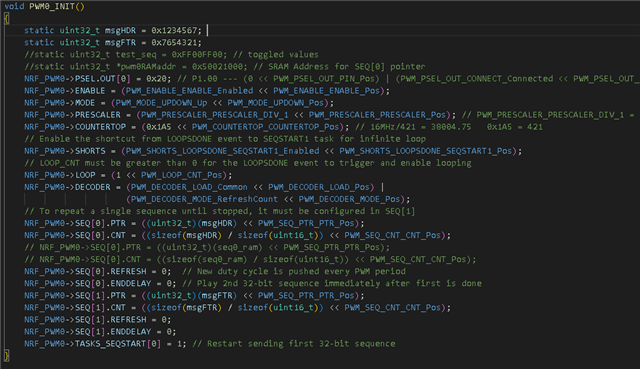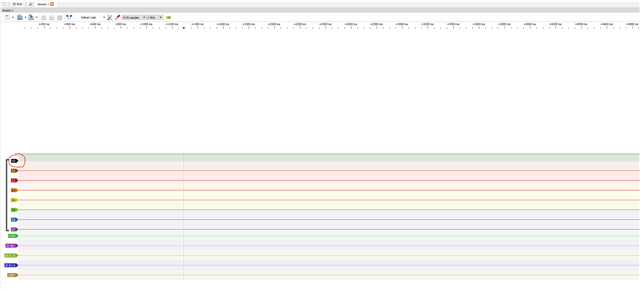Hi,
I'm attempting to transmit IR signals over one of the PWM channels on the nRF5340. I noticed that the PRESCALER register only has 0 - 7 values in the OPS reference manual even though it's a 32-bit register. Is it possible to configure the 16MHz clock to be 38kHz for IR?
Thanks!
Brad





